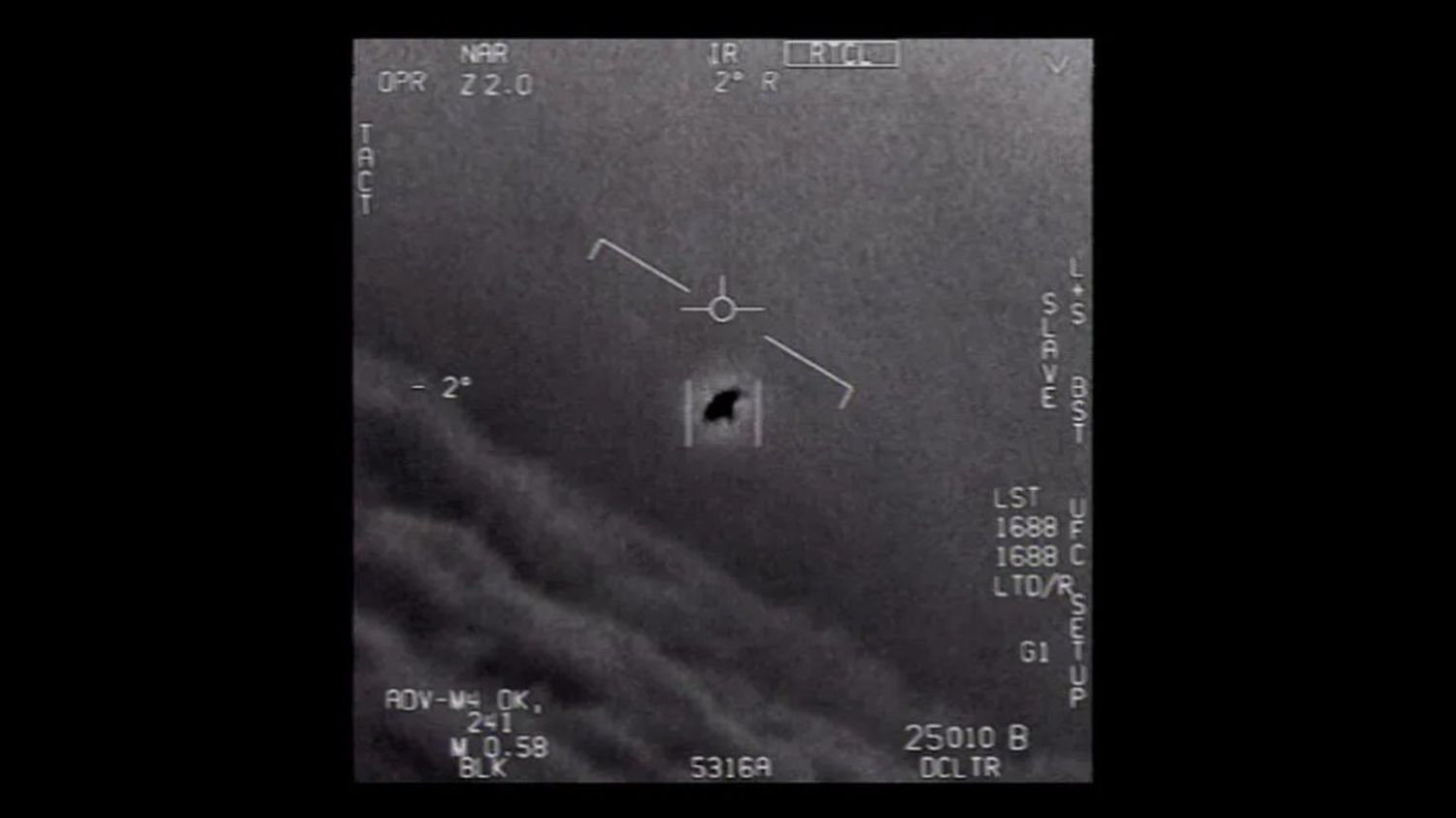The US federal agency in charge of space exploration has selected 16 specialists to participate in its “independent study team” on UFOs. It will report its findings in 2023.
Article written by
Posted
Update
Reading time : 1 min.
UFOs may soon have no more secrets for NASA. The US federal agency responsible for exploring space unveiled, Friday, October 21, the list of 16 specialists who make up its independent study team on unidentified aerial phenomena (PAN). “The team will identify how data collected by civilian government entities, commercial data and data from other sources can potentially be analyzed to shed light on NAPs”, explains NASA in a press release. Research is due to begin Monday, October 24, and the team plans to deliver its findings in “a full report to be made public in mid-2023.”
Among the members of this unprecedented team: leading world scientists, data and artificial intelligence practitioners, aerospace security experts and even Scott Kelly, a former NASA astronaut and retired fighter pilot and captain of the American army. “The results will be made public in accordance with NASA’s principles of transparency, openness and scientific integrity”explains Daniel Evans, the assistant administrator for research at the direction of the scientific missions of NASA, in charge of orchestrating this study.
NASA seems to take the study of UFOs very seriously for several reasons. “Exploring the unknown in space and the atmosphere is at the heart of who we are at NASA”, explains Thomas Zurbuchen, associate administrator of the directorate of scientific missions at NASA headquarters in Washington. Before adding: “VSUnderstanding the data we have on unidentified aerial phenomena is essential to help us draw scientific conclusions about what is happening in our skies.”.
Hunting aliens also raises questions about national security across the Atlantic. “Unidentified aerial phenomena are of interest to both national security and aviation safety and the study aligns with one of our goals to ensure aircraft safety”says NASA in the same press release.
